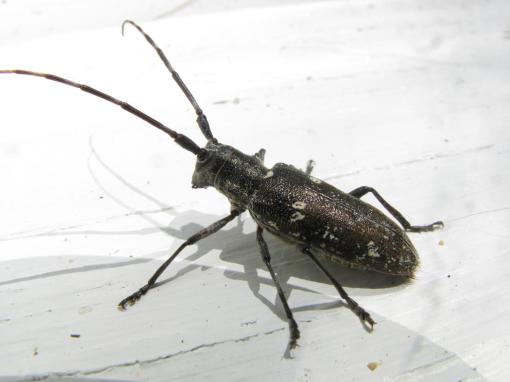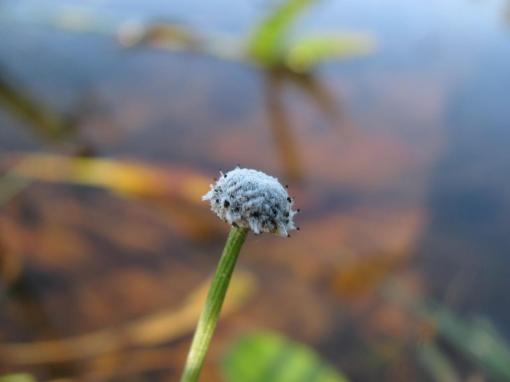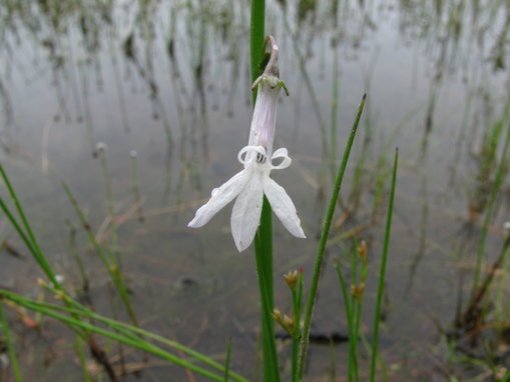This morning when we got to church I poked my head outside to see if the forked bluecurls has come up yet. They had:
This is one of my favorites. I love the stamens. Apparently, so did the person who name the plant “forked bluecurls”, because that’s what the name is talking about.
After church, and a nap, I took Penny down to Sandogardy Pond. I wanted to see if the Pipewort was out yet. I think it’s too late now for the floating heart, so I’ve missed them this year. Oh well.
When we got there Penny went straight into the pond to cool down and get a drink. The ducks were nonplussed. They didn’t fly away, but they did back off. I took a few shots.
Not being a bird expert, I will not even try to id these. Wood ducks? Female mallard & young? I have no idea.
While looking for the pipewort, I found some Virginia marsh St Johnswort:
These will be in bloom for pretty much the rest of the summer. They add a welcome splash of color to the beach.
Then I saw the pipewort. This one was close to short so I didn’t have to wade in after it.
But while I was setting up to take its photo, I saw the water lobelia a little farther out. I knew I wanted a photo of one, but I didn’t want to wade, so I went farther down the beach. Not finding more, I returned, took off my boots, rolled up the pants, and went after them.
I should have worn swimming trunks so I could have knelt down to get a steady shot. The light was perfect, but I was bent over trying to hold the camera steady while not going in so deep as to soak my pant legs. So the shot could have been better, but I really like the soft background!




























